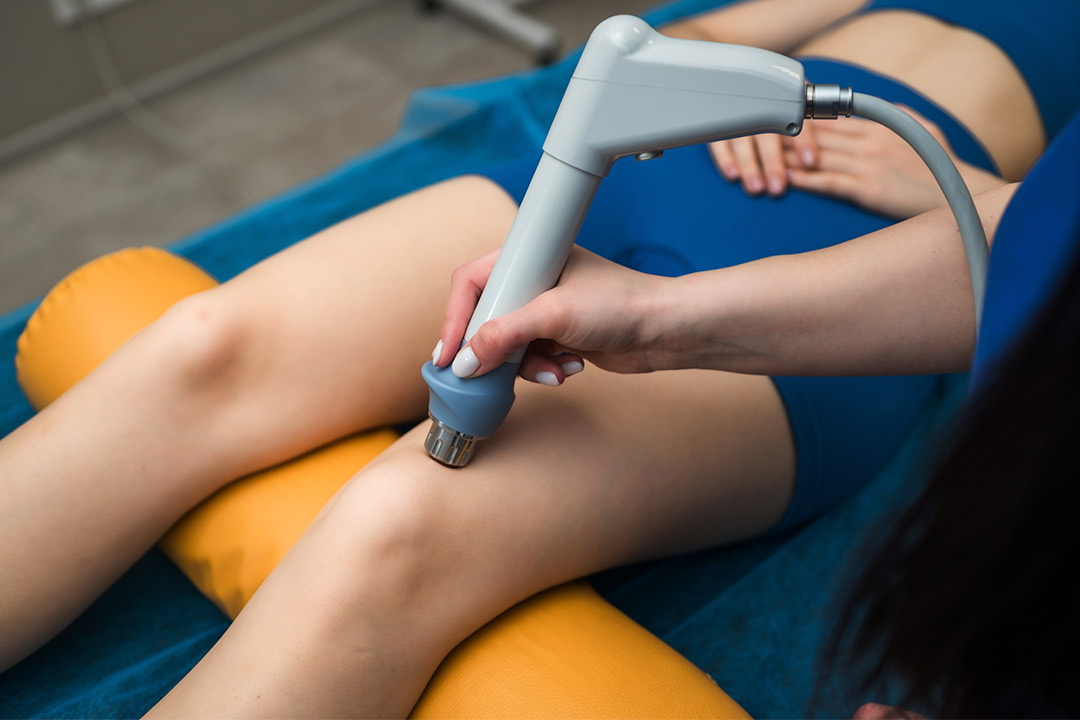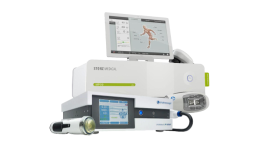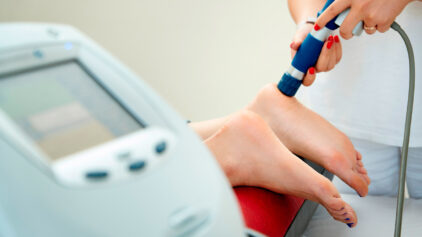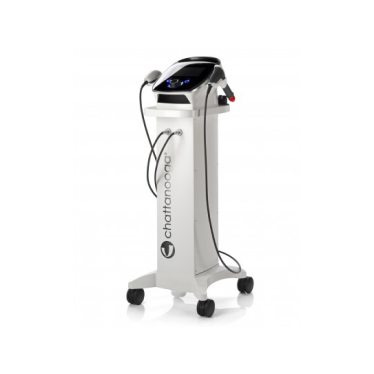As the new school year begins, millions of student-athletes are preparing for the upcoming sports season. With over 60 million children participating in organized athletics annually, this is both an exciting and high-demand period in youth sports medicine. However, early-season training, increased practice intensity, and sport transitions significantly heighten the risk for injury, particularly in the first 6–8 weeks of competition.
From a healthcare perspective, this is a critical window for preventative intervention. By offering shockwave therapy as part of pre-season and in-season care, sports medicine clinics, physiotherapy practices, and rehabilitation centers can position themselves to reduce injury rates, boost performance readiness, and improve long-term musculoskeletal health in student athletes.
Making the Most of the Back-to-School Season with Shockwave Therapy

For many athletes, the start of the school year means rapid changes in training volume, playing surfaces, and sport-specific demands. Nearly 30% of all youth sports injuries are due to overuse, and many of these can be prevented with early, proactive care.
As student athletes head into the demanding school sports season, providers can leverage shockwave therapy to prepare, protect, and accelerate recovery, ensuring peak performance and reduced injury risk. Healthcare providers offering shockwave therapy have the opportunity to:
- Condition musculoskeletal tissues in advance of peak competitive loads.
- Intervene before microtraumas escalate, lowering recurrence risk by 30–40%.
- Reduce recovery times by up to 50% when injuries occur.
- Support consistent participation throughout the season without extended downtime.
Shockwave Therapy: A Proven Modality in Youth Sports Medicine
Shockwave therapy, or Extracorporeal Shock Wave Therapy (ESWT), uses high-energy acoustic waves to trigger biological healing responses. ESWT is now widely applied in sports medicine to address tendinopathies, chronic muscle injuries, and other overuse conditions in athletes.
Mechanisms of Action:
Shockwave therapy works by triggering key biological processes that support tissue healing and pain reduction.
- Induces controlled microtrauma to stimulate collagen production.
- Promotes angiogenesis (increased blood flow) for better tissue perfusion.
- Reduces inflammation and pain, enabling continued light training.
Types Used in Clinical Practice:
Healthcare providers can choose between different forms of shockwave therapy to best suit their patients’ needs, depending on injury type and treatment depth.
- Focused Shockwave Therapy (FSWT): Deep, precise treatment for chronic tendon or ligament injuries.
- Radial Shockwave Therapy (RSWT): Broader application for muscle recovery and general soreness.
When deciding which type to use, ESWT can effectively support both injury treatment and prevention, making it a valuable addition to back-to-school sports medicine programs.
Clinical Implementation for the Back-to-School Season
Device Selection:
Selecting the right shockwave therapy device allows your practice to offer safe, effective treatment tailored to young athletes’ needs.
- Choose medical-grade, FDA-cleared devices for musculoskeletal applications.
- Ensure adjustable energy settings for pediatric and adolescent populations.
- Opt for units with multiple applicator heads and treatment data tracking.
Protocol Timing:
Timing shockwave therapy sessions strategically throughout the sports season can optimize performance and recovery.
- Pre-Season: 1–2 sessions per week for 2–3 weeks before first competition.
- In-Season Maintenance: Weekly or biweekly treatments during high-intensity schedules.
- Post-Event Recovery: Immediate application after games or tournaments to minimize soreness and inflammation.
Monitoring and Coordination:
Ongoing assessment and teamwork with sports professionals are critical for maximizing therapy benefits and athlete safety.
- Perform baseline musculoskeletal assessments before initiating therapy.
- Record treatment parameters, athlete feedback, and performance outcomes.
- Align protocols with coaches, trainers, and physiotherapists for a multidisciplinary approach.
Quick Reference: Clinical Implementation & Benefits for Student Athletes
This reference table summarizes essential clinical guidelines and key benefits of shockwave therapy for student athletes. It highlights device selection criteria, treatment protocols, monitoring strategies, and integration with broader care plans, offering healthcare providers a clear framework to enhance injury prevention and recovery during the back-to-school sports season.
| Category | Clinical Guidance | Key Benefits |
| Device Selection | FDA-cleared medical-grade units. Adjustable pediatric settings Data tracking features |
Safe, age-appropriate treatment Customizable for injury site Objective progress monitoring |
| Treatment Protocols | Pre-Season: 1–2 sessions/week before competition In-Season: Weekly or biweekly Post-Event: Immediate use for recovery |
Tissue conditioning before peak load Reduced overuse injury rates Faster return-to-play by up to 50% |
| Monitoring & Assessment | Baseline evaluation Track parameters & feedback Review progress every 4–6 sessions |
Data-driven adjustments Early detection of issues Long-term performance benefits |
| Integration with Care | Combine with physiotherapy, strength programs and nutrition support Coordinate with coaches and trainers Part of multi-modal prevention |
Holistic athlete care Reduced injury recurrence by 30–40% |
Long-Term Benefits for Providers and Athletes
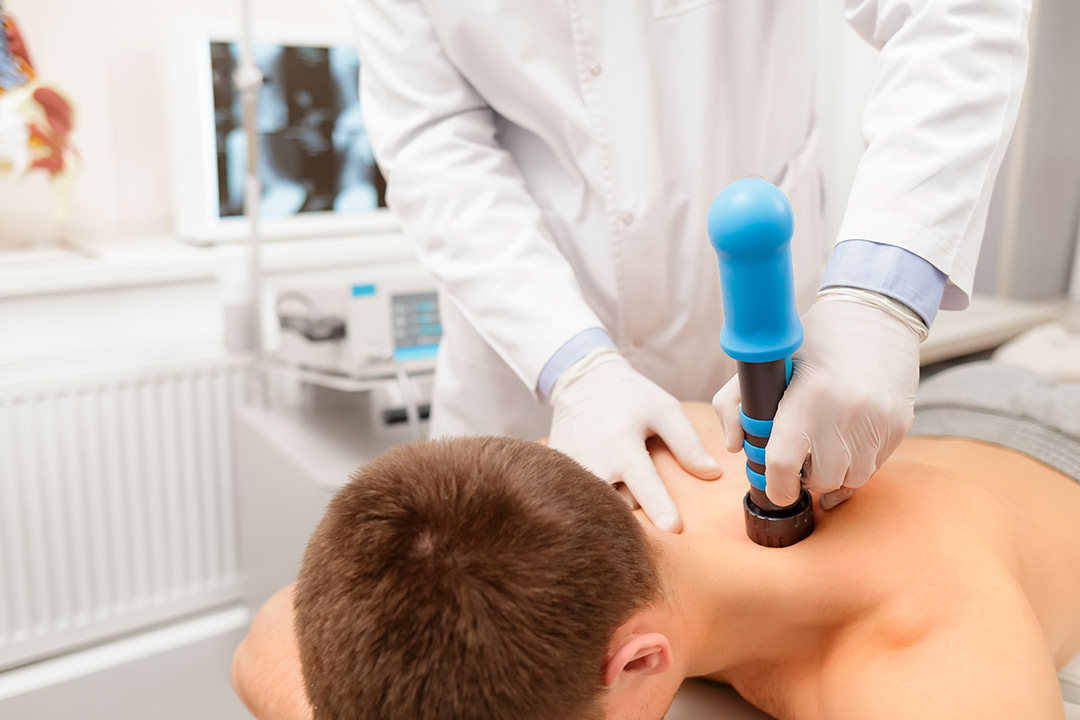
By offering shockwave therapy during the back-to-school season, healthcare providers can:
- Prevent early-season injuries that disrupt athletic and academic schedules.
- Position their clinic as a trusted resource for community sports health.
- Establish long-term patient relationships by delivering measurable outcomes.
- Support both physical recovery and ongoing athletic development in youth populations.
For healthcare providers!
The start of the school sports season is the ideal time to integrate shockwave therapy into youth athlete care plans. By implementing targeted early-season protocols, you can reduce injury incidence, accelerate recovery by up to 50%, and boost overall performance.
Shockwave Source’s FDA-cleared, medical-grade devices offer a non-invasive, cost-effective solution for improving circulation, treating common sports injuries such as tendinopathies and muscle strains, and supporting long-term athlete resilience.
Explore Shockwave Source today to discover the full range of advanced therapy options designed to equip your clinic with the best tools for injury prevention and recovery, allowing your athletes to enter the season prepared, healthy, and ready to perform at their peak.


